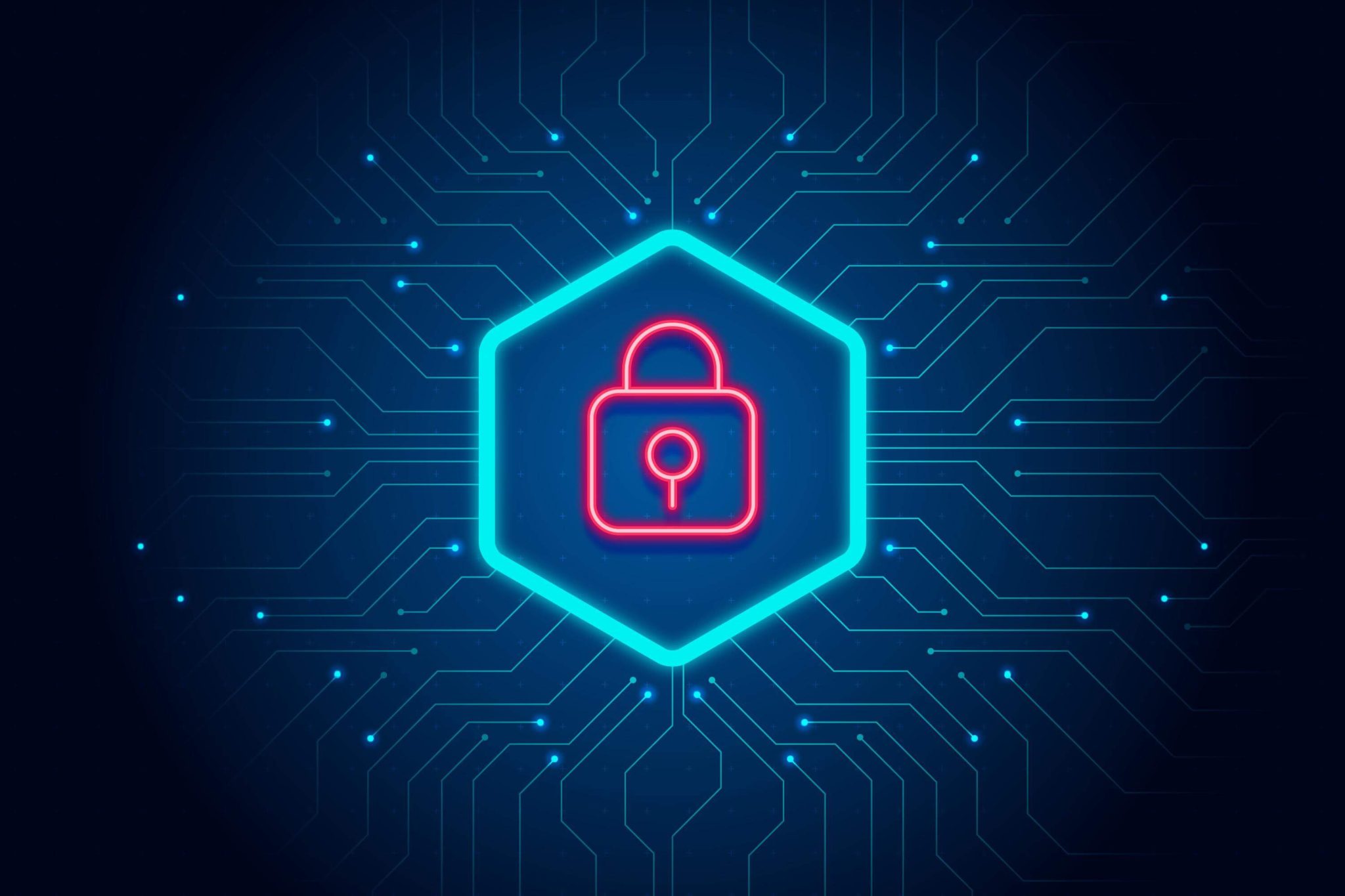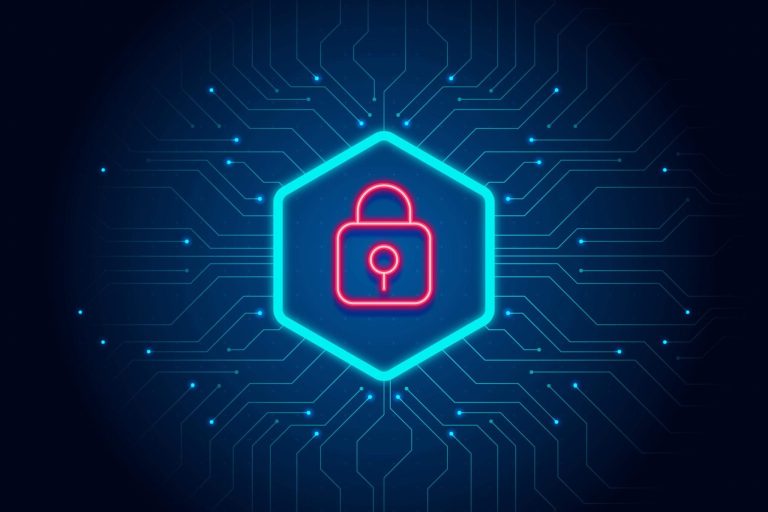Best Practices for Cybersecurity in Local Government
Local governments face immense cybersecurity challenges. With limited resources and legacy systems, securing highly sensitive information is an uphill battle. Yet a single breach can erode public trust, devastate finances, and disrupt critical services.
That’s why implementing cybersecurity best practices tailored for local governments is so crucial. In this comprehensive guide, I’ll provide actionable steps, proven frameworks, and leading solutions to help local governments enhance their security posture against modern threats.
Unique Cybersecurity Challenges Facing Local Government
Unlike commercial organizations, local governments operate with unique constraints that complicate security:
Limited Budgets – With restricted funding, investing adequately in security tools and skilled staff is difficult. This leads to gaps.
Legacy Tech Stack – Much of the software, hardware and infrastructure used by local governments is outdated and unpatched, posing security risks. Upgrading can be cost-prohibitive.
Public visibility – As a public entity, any successful breach erodes citizen trust and draws heavy scrutiny. Reputational damage can linger for years.
Distributed Attack Surface – Local governments have many different facilities and access points including schools, libraries, hospitals, police and fire stations that need securing.
Compliance Requirements – Numerous regulations around handling of financial data, health records, criminal justice information and more require specific safeguards.
Shared Infrastructure – IT systems and data are often managed or hosted jointly across city and county agencies, requiring close coordination.
Limited IT Staff – With scarce in-house expertise, cybersecurity may get less attention compared to competing priorities. Outside consultants can be expensive.
Workforce Gaps – Lack of cybersecurity skills and awareness among government employees poses an insider threat.
Given these constraints, a strategic approach is required to manage cyber risk.
NIST Cybersecurity Framework
A proven model tailored for local government is the Cybersecurity Framework published by the National Institute of Standards and Technology (NIST). It provides guidelines across five core functions:
Identify – Develop an inventory of systems, assets and regulatory requirements. Prioritize protection based on sensitivity and criticality.
Protect – Implement safeguards like access controls, data encryption, and endpoint protection. Maintain through patching, upgrades and awareness training.
Detect – Monitor networks, endpoints, applications and data to detect potential attacks and unauthorized activity.
Respond – Have incident response plans ready to limit damage from detected events and restore normal operations.
Recover – Document and test recovery procedures to restore impacted systems and data after an incident.
The NIST Framework offers a strategic roadmap local governments can adopt in a phased manner as resources allow.
Top 12 Local Government Cybersecurity Best Practices
Beyond the NIST Framework, specific tactical steps local governments should take include:
1. Inventory Systems and Classify Data
Catalog servers, endpoints, databases, apps, infrastructure, third parties. Classify data sensitive to residents, critical services, facilities.
2. Prioritize Patching and Upgrades
Actively patch outdated operating systems, software and firmware. Upgrade to newer versions with security enhancements. Apply latest updates.
3. Secure Endpoints
Deploy antivirus, endpoint detection and response (EDR) tools. Enforce device encryption. Enable multi-factor authentication for access.
4. Adopt Zero Trust Security
Verify identity and grant least privilege access. Never trust users or systems by default. Inspect all traffic.
5. Backup Critical Data
Maintain recent backups offline to restore compromised or ransomed data. Test restoration regularly.
6. Provide Security Training
Educate staff continuously on risks, policies, social engineering, safe web use, recognizing threats. Make it engaging.
7. Segment and Cloak the Network
Separate systems into secure zones. Hide infrastructure from external reconnaissance scans using network security tools.
8. Encrypt Sensitive Data
Encrypt data in transit and at rest. Safely manage keys. Hash/tokenize data if full encryption not possible.
9. Monitor Continuously
Watch networks, endpoints, traffic, access logs 24/7 for anomalies indicating compromise. Receive real-time alerts for threat detection.
10. Validate Third Parties
Assess security of vendors and partners. Bind with contractual protections. Audit regularly.
11. Prepare Incident Response
Have documented playbooks, roles, procedures for incident handling including public communication.
12. Practice and Refine
Conduct tabletop exercises to validate response plans. Learn from incidents to continuously improve strategy.
Combining elements of the NIST framework with these in-depth security practices can help local governments build a tailored cybersecurity program.
Leveraging AI-Driven Cybersecurity
Advanced AI and machine learning capabilities can also help local governments enhance security:
Next-Gen Antivirus – AI-powered antivirus like BitDefender stops never-seen-before threats based on behaviors without needing signature updates.
Email Security – Solutions like Vade Secure for Office 365 use AI to block sophisticated social engineering and phishing email attacks.
Intrusion Prevention – Machine learning algorithms identify network traffic patterns of command-and-control, ransomware and exploits to block them.
User Behavior Analytics – Analyze normal user activity patterns to spot high-risk anomalies indicative of account compromise.
Privileged Access Management – Only allow admin access when justified by AI assessing risk. Revoke excessive privileges.
Automated Policy Enforcement – Use AI helpers like Microsoft Azure Defender to autonomously take routine security actions like patching, configuring firewalls, etc.
AI and machine learning enable understaffed local government security teams to effectively manage risk at scale.
Critical Role of Uptime Monitoring
An often overlooked aspect of local government cybersecurity is uptime monitoring. This involves proactively monitoring public websites, DNS records, servers, applications and more for outages 24/7 from outside the network perimeter.
When downtime is detected, automated SMS and phone call alerts notify IT staff in real-time of a potential cyber incident or system failure. This enables rapid response to mitigate impact before citizens are widely affected.
Uptime monitoring services like Network Notifications provide an easy, affordable way for resource-constrained local governments to implement external monitoring. It acts as an early warning system for cyber attacks and operational issues.
Key benefits include:
- Continuous monitoring around the clock.
- SMS, voice call, email, Slack, Telegram and webhook alerts.
- DNS hijacking alerts if records get altered by attackers.
- Instant alerts if something goes down.
- Plans starting at just $19.99 per month.
Uptime monitoring is indispensable for local governments to complement internal security efforts.
Conclusion
With cyber attacks against local government ramping up, prioritizing security is mandatory even with limited budgets. The NIST Cybersecurity Framework paired with modern solutions like AI, uptime monitoring and workforce training enables developing a tailored program.
While state-sponsored hackers and ransomware pose daunting threats, local governments can manage risk by embracing security best practices proven effective specifically in the public sector.
Bolstering cyber resilience safeguards sensitive data, preserves services for residents and maintains the public’s trust. With cybercrime growing exponentially, the time to elevate information security is now.
Sign up for a free trial of Network Notifications Uptime Monitoring today to implement external monitoring and get ahead of cyber incidents in local government.



